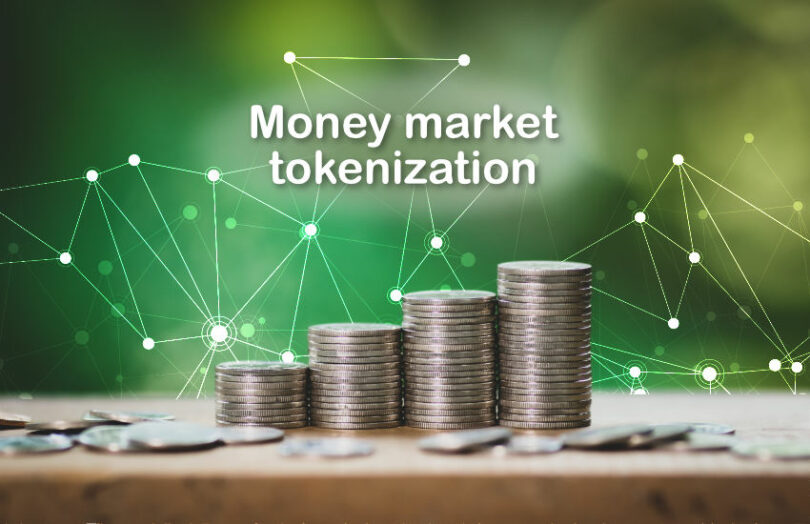Last year, as part of Australia’s central bank digital currency (CBDC) pilots, one of the tests involved using the CBDC for settlement of money market transactions for certificates of deposit. The trial was run by Imperium Markets and included Westpac and the Commonwealth Bank. It wanted to explore reducing risks in tokenized money markets and debt capital markets. Now Imperium Markets is extending that work through a partnership with the DFCRC, which ran the Australian CBDC pilots along with the central bank.
Australian money market and debt capital markets process trillions of dollars annually. However, many transactions still involve manual processes, which introduces risks. Apart from digitizing the process, the trial will test delivery versus payment, enabling the simultaneous passing of title and cash, thereby reducing settlement risk. Imperium knows the benefits. It’s more a matter of enabling banks and investors to try out the benefits of the ASIC-licensed digital marketplace.
“Blockchain and distributed ledger technology is really about the simplification of markets,” said Imperium Markets Chair Rod Lewis. “The current processes are slow and complicated — reliant on outdated technology, phone calls, emails, manual ticketing and spreadsheets.”
“The project aims to demonstrate that tokenisation on distributed ledger technology can democratise access for all participants, connect capital and deliver real-time data so that the markets can reach their full potential.”
Imperium Markets uses R3’s enterprise blockchain.
Other money market tokenization efforts
Meanwhile, there have been various live deployments of DLT for money markets worldwide. Repurchase agreements or repos are also a money market instrument. Multiple DLT repo solutions are live, including one from Broadridge that processes $1 trillion a month and another from JP Morgan.
India’s digital rupee trials include using a wholesale CBDC for settlement in the call money markets. However, we suspect only the wholesale CBDC aspect was tokenized rather than the financial instrument. The primary benefit sought was programmability, so there would be certainty of settlement at a specific time.
While most examples described target cost and risk reduction, a different scenario is the tokenization of money market funds rather than the underlying instruments. The purpose is often to enable greater liquidity through the ability to use funds as collateral or to target a new investor group.
A BlackRock tokenized money market fund has been used on JP Morgan’s Tokenized Collateral Network. Other money market fund efforts focus on fractionalization, targeting high net worth individuals with offerings previously only available to institutions. For example, UBS tokenized a fund on the Ethereum public blockchain as part of Singapore’s Project Guardian last October. In the United States, Franklin Templeton has tokenized more than $300 million in money market funds on public blockchains.






